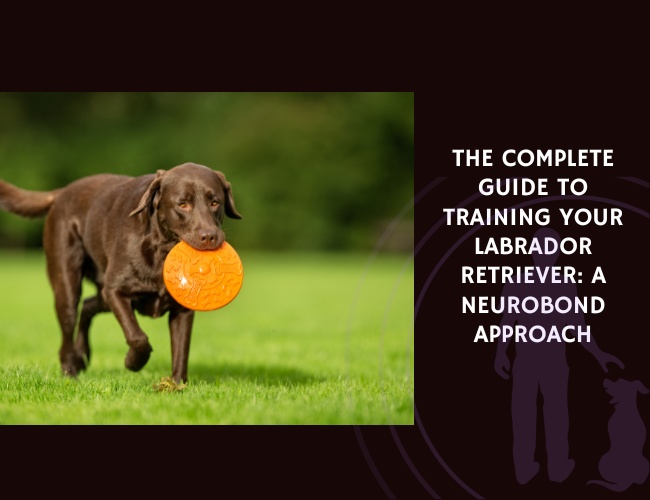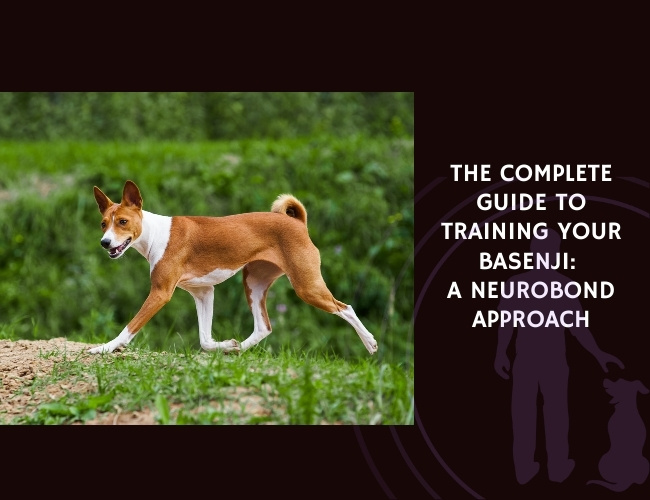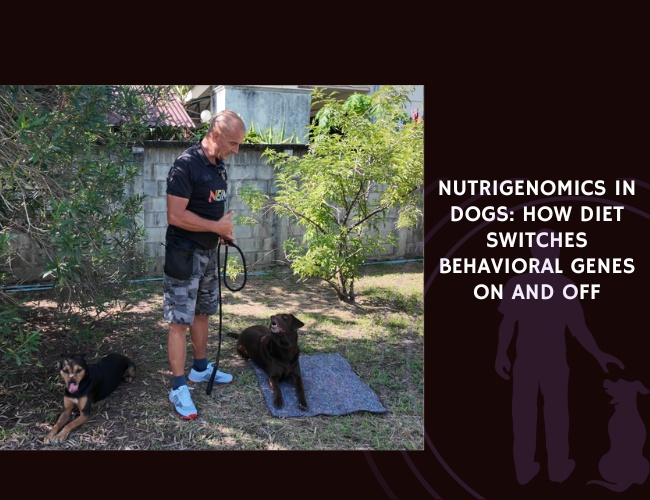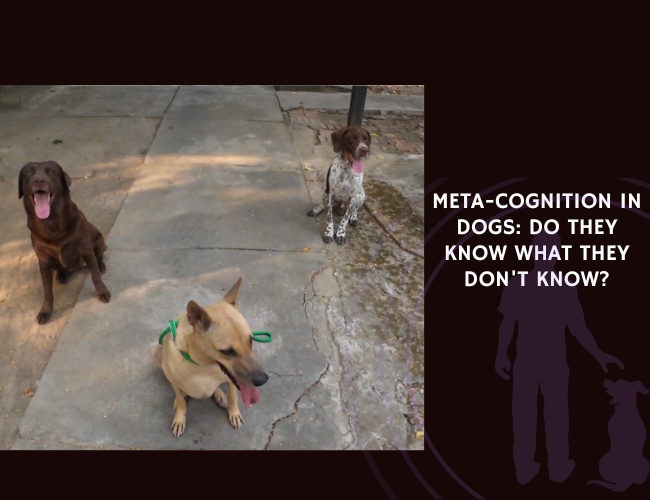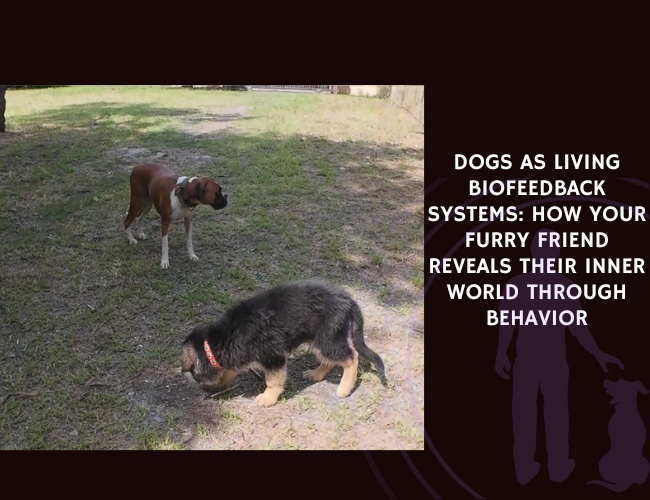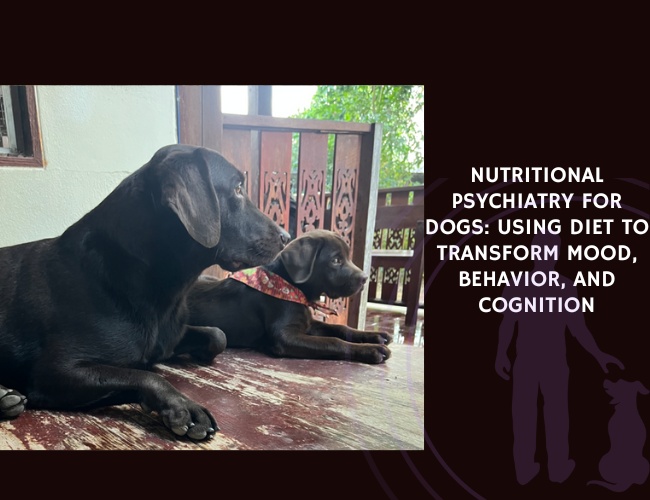Introduction
Your Labrador Retriever bounces at the door, tail wagging like a metronome set to joy itself. This isn’t just enthusiasm—it’s the essence of a breed that has captured hearts worldwide for generations. Born from the cold waters of Newfoundland and refined in English estates, today’s Labrador carries both the working dog’s dedication and the family companion’s warmth in every fiber of their being.
But here’s what you might not realize: that boundless energy and eager-to-please nature can become your greatest training ally—or your biggest challenge. The difference lies not in commands or corrections, but in understanding how your Lab’s mind truly works. Let us guide you through a revolutionary approach that transforms training from a task list into a living relationship.
Character & Behavior
Understanding Your Labrador’s Emotional Landscape
When you look into your Labrador’s eyes, you’re witnessing one of nature’s most successful emotional operating systems. Their amygdala processes emotions with remarkable sensitivity, creating a dog who feels deeply and responds authentically to your emotional state. This neurological wiring makes them exceptional family dogs—but it also means harsh corrections can create lasting impacts on their confidence.
The Energy Equation
Your Lab’s high energy isn’t just physical—it’s emotional and cognitive too. Think of it as a three-cylinder engine that needs all parts firing correctly:
- Physical energy demands structured outlets
- Mental energy craves problem-solving
- Emotional energy seeks connection and purpose
Sensitivity Behind the Smile
Despite their outgoing nature, Labradors possess a surprising emotional sensitivity. They’re not fragile, but they are emotionally intelligent. A raised voice might bounce off some breeds, but your Lab will internalize it, potentially affecting their willingness to engage in future training sessions.
Did you know? Research shows that Labradors exhibit distinct neurological patterns when processing positive versus negative feedback, with their brains showing heightened activity in reward centers during praise—making them literally wired for positive reinforcement.
Vocalization & Communication
Understanding How Your Labrador “Talks”
Your Labrador’s communication style reflects their heritage as working dogs who needed to signal handlers across distances. But in your home, these vocalizations take on new meanings—each sound a window into their emotional state.
The Vocabulary of Connection
- Soft whines: Often misunderstood as complaints, these are actually requests for engagement
- Alert barks: Sharp, focused sounds that say “I’ve noticed something important”
- Excitement vocalizations: Those unique “talking” sounds during greetings aren’t random—they’re joy made audible
- Frustration grumbles: Low, rumbling sounds that indicate your Lab is problem-solving
Body Language Speaks Volumes
Watch your Lab’s tail—it’s a barometer of their internal state:
- High, fast wag: Excitement bordering on overstimulation
- Medium-height, relaxed wag: Content engagement
- Low, slow wag: Uncertainty or careful assessment
The key? Your Lab is always communicating. The question is whether we’re listening with the right framework for understanding. 🐾
Training & Education
The NeuroBond Method: Connection Before Commands
Here’s where traditional training often fails with Labradors: it treats them like robots waiting for programming. But your Lab isn’t a machine—they’re a living system of instincts, emotions, and intelligence. The NeuroBond approach recognizes this fundamental truth.
Building the Invisible Leash
Before any formal training begins, we establish what we call the NeuroBond—an emotional connection so strong that your Lab naturally seeks your guidance. This isn’t achieved through treats or commands, but through shared experiences that build trust.
Start with this simple exercise:
- Sit quietly with your Lab in a familiar space
- Wait for them to make eye contact naturally (don’t call or lure)
- When they look at you, smile and breathe deeply
- Repeat this throughout the day, building a pattern of voluntary connection
From Bond to Behavior
Once your Lab begins checking in with you naturally, you’ve established the foundation for all future training. Now, instead of teaching “commands,” you’re creating shared understanding:
- Leash walking becomes a conversation about pace and direction
- Recall transforms into your Lab’s choice to return to safety and connection
- Impulse control develops as your Lab learns to look to you before acting
The Retriever’s Dilemma
Your Lab’s retrieving instinct is both a gift and a challenge. Instead of suppressing it, redirect it:
- Use retrieving as a reward for calm behavior
- Create “thinking retrieves” where your Lab must solve problems to earn the throw
- Build impulse control by having them wait in increasing increments before fetching
Remember: You’re not training behaviors—you’re building a relationship where desired behaviors naturally emerge. 🧡
Performance & Activities
Channeling the Working Dog Within
Your Labrador’s ancestors spent their days retrieving nets from icy waters and carrying game across challenging terrain. This working heritage lives on in every modern Lab, creating a deep need for purposeful activity that goes beyond simple exercise.
Structured Activities That Satisfy
- Scent work: Engages their remarkable 300 million olfactory receptors while building focus
- Water retrieving: Connects them to their heritage while providing full-body exercise
- Cognitive challenges: Puzzle feeders and hide-and-seek games that make them think
- Assistance tasks: Teaching helpful behaviors like carrying groceries or finding lost items
The Performance Paradox
Many Labs excel in competitive venues not because of drilling, but because of their desire to work alongside their human. When you shift from “training for ribbons” to “playing together with purpose,” performance naturally improves.
Energy Management Through Purpose
A tired Lab isn’t necessarily a good Lab—an engaged Lab is. Physical exhaustion without mental satisfaction often creates more behavioral challenges. Instead, aim for activities that tire the mind and body in harmony.
Bonded. Driven. Responsive.
Labradors don’t just follow—they feel.
Beneath the wagging tail is a heart that mirrors yours, attuned to praise and shaken by tension. Connection isn’t a bonus—it’s the operating system. Train their heart, and their body will follow.
Their energy is intelligence in motion.
What looks like restlessness is often untapped brilliance. Physical outlets alone aren’t enough. A Labrador thrives when given something to solve, something to carry, and someone to please—purpose is the leash.
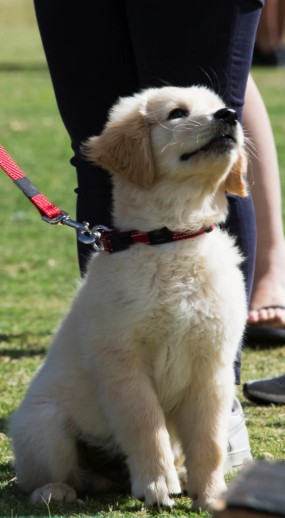
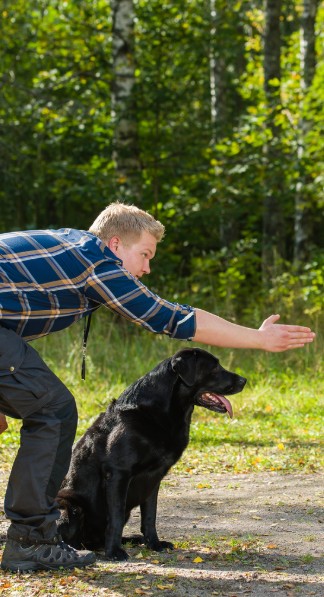
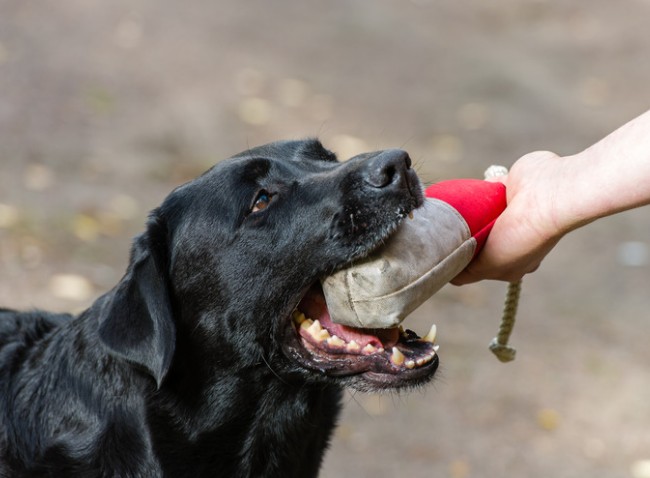
Feed the bond, not just the body.
Their hunger isn’t only in the bowl. It’s for clarity, for structure, for your consistent presence. When food becomes a reward for engagement—not a replacement—you unlock the true power of the Labrador mind.
Nutritional Recommendations
Feeding the Eager Eater
Your Labrador’s relationship with food is legendary—and it’s rooted in genetics. Recent studies have identified a gene variant in many Labs that affects satiety signals, meaning they genuinely feel hungrier than other breeds. This isn’t greed; it’s biology.
Strategic Feeding for Training Success
- Portion control with purpose: Measure meals precisely, using part of their daily allowance for training
- Cognitive feeding: Slow feeders and puzzle bowls turn mealtime into mental exercise
- Treat intelligence: Use single-ingredient, low-calorie options that satisfy without overfeeding
The Food-Behavior Connection
Nutrition directly impacts trainability:
- Stable blood sugar equals stable attention spans
- Omega-3 fatty acids support cognitive function
- Proper protein levels maintain energy without hyperactivity
Remember: Your Lab’s food motivation is a training superpower when channeled correctly. Use it wisely, and never as the sole motivator for connection.
Health Concerns
Physical Wellness and Training Adaptations
Understanding your Labrador’s health predispositions isn’t about limitations—it’s about intelligent adaptation. Their genetic tendencies toward certain conditions simply mean we adjust our approach, not abandon it.
Joint-Conscious Training
- Hip and elbow considerations: Build muscle through swimming before high-impact activities
- Growth plate awareness: Avoid repetitive jumping until 12-18 months
- Senior adaptations: Shift from physical challenges to cognitive ones as they age
The Weight Management Dance
Your Lab’s efficiency at gaining weight requires vigilant but compassionate management:
- Regular body condition scoring (feeling for ribs)
- Activity adjustments based on life stage
- Emotional support without food rewards
Behavioral Health Indicators
Physical discomfort often manifests as training “regression”:
- Sudden reluctance to sit might indicate hip discomfort
- Increased reactivity could signal vision changes
- “Stubbornness” might be early arthritis
Your Lab will try to please you even when uncomfortable—it’s your job to notice the subtle signs.
Lifestyle & Environment
Creating a Lab-Friendly Life
Your Labrador thrives in environments that honor both their social nature and their working heritage. This doesn’t mean you need acreage—it means creating purposeful spaces and routines within your existing life.
The Social Architecture
- Family integration: Labs need to be where their people are, not isolated
- Structured freedom: Boundaries that provide security, not restriction
- Visitor protocols: Teaching appropriate greetings that honor their friendly nature without overwhelming guests
Environmental Enrichment
Transform your space into a learning laboratory:
- Rotating toy stations that maintain novelty
- Designated “thinking spots” where they solve problems for rewards
- Safe outdoor access for independent exploration within limits
The Routine Paradox
While Labs thrive on routine, they also need variety:
- Consistent wake and sleep times
- Varied walking routes to maintain engagement
- Predictable training sessions with unpredictable challenges
Your lifestyle doesn’t need to revolve around your Lab—but it should include them meaningfully. 🐾
Senior Care
Honoring the Golden Years
As your Labrador’s muzzle grays and their step slows, the NeuroBond you’ve built becomes even more precious. Senior Labs don’t need less training—they need different training that honors their changing capabilities while maintaining their sense of purpose.
Cognitive Maintenance
- Memory games: Simple hide-and-seek with favorite toys
- New tricks: Yes, old dogs can learn—and it keeps their minds sharp
- Sensory adaptations: Using touch and scent cues as vision and hearing change
The Dignity of Purpose
Your senior Lab still wants to work, just differently:
- Shift from fetching tennis balls to finding hidden treats
- Replace long walks with multiple short adventures
- Create “helper” tasks that make them feel useful
Emotional Support
Aging can bring anxiety, especially in dogs who’ve always been confident:
- Maintain predictable routines while gently adapting physical demands
- Use the established NeuroBond to provide security during veterinary visits
- Recognize that increased vocalization might indicate confusion, not defiance
The same eager heart beats in your senior Lab—it just needs different ways to express itself. 🧡
Conclusion: Is This Breed Right for You?
The Truth About Life with a Labrador
Let’s be direct: A Labrador Retriever will transform your life. Not always in the ways you expect, but always in ways that matter. They’ll challenge you to be more active, more patient, and more present than you thought possible.
You’re ready for a Lab if you:
- See training as relationship-building, not task completion
- Have energy to match their enthusiasm (or are willing to develop it)
- Want a true partner, not just a pet
- Can provide structure with compassion
- Understand that their food motivation and energy aren’t flaws to fix but traits to channel
You might want to reconsider if you:
- Prefer independent dogs who don’t need constant engagement
- Want a guard dog (Labs will befriend intruders)
- Can’t commit to daily mental and physical exercise
- See training as a phase rather than a lifestyle
The NeuroBond Promise
When you commit to training your Labrador through connection rather than control, you’re not just teaching behaviors—you’re building a partnership that will carry you both through puppyhood’s chaos, adolescence’s challenges, adulthood’s adventures, and senior years’ gentle wisdom.
Your Labrador doesn’t need you to be perfect. They need you to be present, consistent, and willing to see training not as something you do to them, but as something you create together. In return, they’ll give you their whole heart—enthusiastically, repeatedly, and without reservation.
That wiggling bundle of energy at your feet? They’re not just waiting for commands. They’re waiting for connection. And once you provide it, everything else—the recalls, the loose-leash walking, the calm greetings—naturally follows.
Ready to begin this journey? Your Lab certainly is. They’ve been ready since the moment they met you. 🐾

